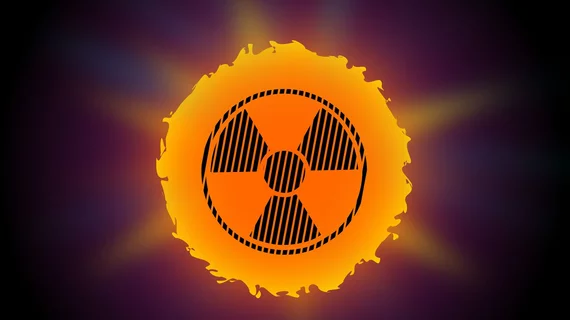Potential $1.5B effort kicks off to study low-dose radiation risks
The National Academies of Sciences, Engineering, and Medicine have released a report estimating $100 million will be needed for each of the next 15 years to learn how exposure to low doses of radiation affect human health.
The study was sponsored by the U.S. Department of Energy, and its research agenda will be jointly coordinated by DOE and the NIH.
In announcing the report [1] and associated activities, the National Academies call for a coordinated program to investigate radiation’s association with a broad range of risks.
“Although cancer has been linked to low-dose radiation exposure for decades, there is increasing evidence that it may also be associated with cardiovascular disease, neurological disorders, immune dysfunction and cataracts,” the organization’s newsroom notes in the announcement.
More:
Concerns about the health effects of low doses of radiation raise questions as to whether the public and workers are adequately protected from exposures from medical diagnostics procedures such as CT scans, legacy exposures from nuclear weapons production and nuclear waste management, and new sources of exposure such as rare earth element and lithium mining, among others.”
Joe W. Gray, PhD, chair of the committee that wrote the report, says much remains unknown about the effects of low-dose radiation exposures on human health—“but recent advances in research, new tools and a coordinated multidisciplinary research program could help us fill those gaps.”
The National Academies suggest $5 million recently appropriated to DOE for similar purposes was insufficient “even to initiate a coordinated federal research program.”
With the report’s recommended levels of funding, DOE “could implement most of the research program’s essential elements identified in the report within two years,” the organization adds.
Also of note in the announcement:
The report notes concerns raised by some communities about DOE’s inherent conflicts because of its work with the nuclear weapons program and its role in promoting nuclear technologies, as well as concerns from the research community about DOE’s shortcomings related to management of the previous program. NIH is widely trusted by the scientific community, has well-established and transparent processes for funding research, and has no perceived conflicts of interest. Within NIH, the National Institute of Allergy and Infectious Diseases’ Radiation and Nuclear Countermeasures Program, the National Cancer Institute, and the newly conceptualized Advanced Research Projects Agency for Health (ARPA-H) could contribute to innovative low-dose radiation research leadership.”
A National Academies committee met June 3 to receive a briefing of the report. Stakeholder comments will be welcomed through June 17, and a virtual town hall is scheduled for June 16.
More Coverage of Radiation Dose Reduction:
New x-ray technique for checking tube placement cuts radiation dose 80%
Despite radiation exposure and fracture risk, pricey QCT bone density scans are rising in popularity
Campaign to reduce children’s radiation exposure drops imaging referrals by 25%
GE, Philips, Siemens pass academic test on low-dose DECT
Reference:
- National Academies of Sciences, Engineering and Medicine; Division on Earth and Life Studies; Nuclear and Radiation Studies Board; Committee on Developing a Long-Term Strategy for Low-Dose Radiation Research in the United States: “Leveraging Advances in Modern Science to Revitalize Low-Dose Radiation Research in the United States.” June 2022. DOI: https://doi.org/10.17226/26434

